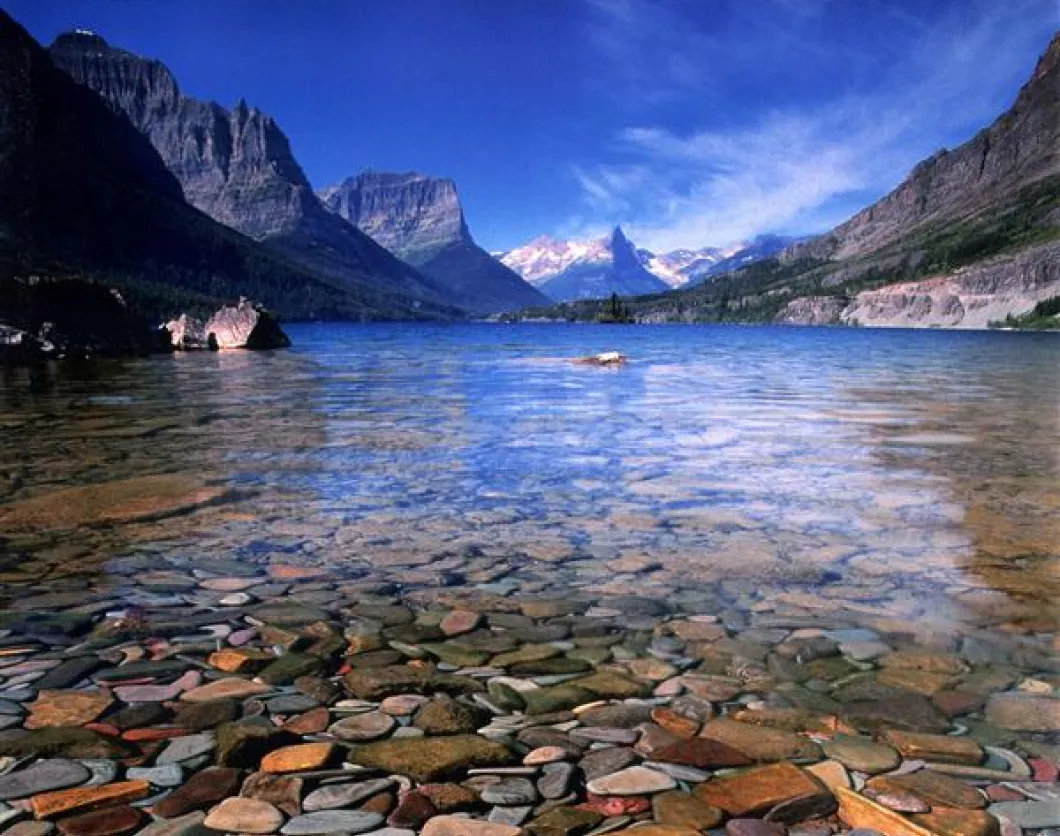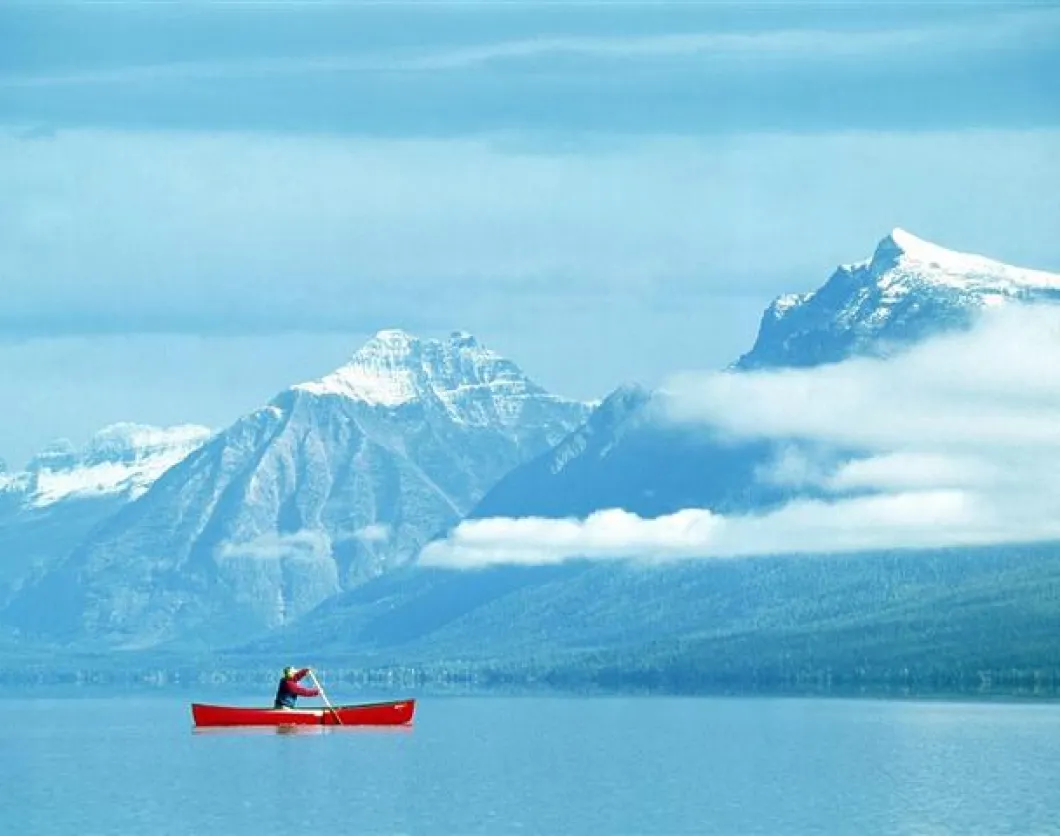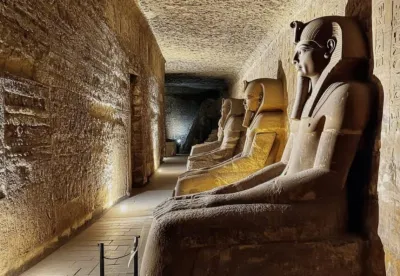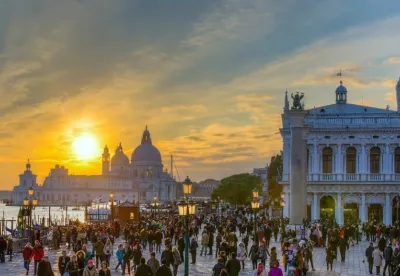Glacier National Park is situated in Montana on the south and borders British Columbia and Alberta. The park occupies over one million acres and has numerous animal, bird and plant species and over 130 lakes, 175 mountains, 25 glaciers and close to 3000 miles of streams.
The Park receives close to two million tourists every year, most of these visitors main attraction is hiking. Glacier National Park is largely dominated by curved mountains. Outflow lakes, arêtes, glacial cirques as well as U-shaped valleys are a good evidence of the common glacial action. The Park has over seven thousand feet in altitude variance and as a result several climates are found in the park. Rainfall is highest during winter as well as spring and snowfall can occur at anytime.
One of the most popular recreation activities in the Park is hiking. More than half of the people visiting the Park admit to having taken a hike. The Park boasts over 700 miles of trails that lead to amazing scenery. As a result of the presence of large mammals such as bears, mountain lions, gray wolves, wolverines, bighorn sheep, mountain goats and moose, dogs aren't allowed into the trails in the park. Several day hiking options are available all over the park and camping is allowed in the campsites along the trails. Anyone entering the park must obtain a permit from various visitors' centers. A great part of the park's backcountry is difficult to get to especially in June as a result of buildup of snowpack as well as avalanche risk.
There are several camping grounds that allow vehicle access and most of them are close to lakes. Apgar and St. Mary campgrounds are usually open to visitors all year round. However, it is important to note that the conditions aren't conducive during the off peak because most of the lavatories are closed and there is no running water. Most the campgrounds remain open to visitors from June until September and shuttle as well as guide services are available during that period.
The more than 700 miles trails provide a good chance for both short hiking as well as extended backpack trips. It is important that before you set out on your hike; approach a park visitor center for information on warnings as well as recommendation.
If you are visiting Glacier National Park for the first time or are unfamiliar about the great day hikes available in the park here are some of the best hikes. Highline Loop is a world renowned hike that has unbelievable views of wildflowers and wildlife. Below this trail is the Piegan Pass that offers a great view but is less crowded. Ptarmigan Tunnel is yet another great trial that involves walking through a long foot tunnel which is referred to as walking into a different world. Grinnell Glacier is a very famous hike that is just underneath the continental divide. If you are looking for unbelievable gorgeous alpine meadow take the Preston Park hike. Other hikes worth trying include Iceberg Lake and Cracker Lakes if you want to see some of the world's beautiful lakes and floating icebergs,
The effects of global climate change are very clear in Glacier National Park since glaciers are receding at a very high rate and many glaciers have disappeared since 1850. There were close to 150 glaciers in the Park when it was established in 1910, only 25 of them remain today. It is estimated that if the current global warming continues, there will be not a single glacier in the Park by the year 2020.
Some of the remaining glaciers in the Park include Agassiz (2,395m), Blackfoot (2,290m), Boulder (2,366m), Chaney (2258m), Gem (2493m) Grinnell (2,038), Harrison (2586), Jackson (2230), Sperry and Swift Glacier. It is possible to hike any of these glaciers but you should get the latest information from visitor centers in the Park due to the possibility of an avalanche risk.
There are several hotels, cabins, inns as well as lodges that offer rural yet comfy accommodations surrounded by the breathtaking scenery. Another common recreational activity here is fishing with some of the best fly fishing in the entire North America. Visitors are expected to understand the regulations while in the park although no permit is required to fish. Bull trout for instance is one of the endangered fish species and should be released back into the water. Winter recreation activities in the park are limited, cross country skiing for instance is only allowed in lower elevated valleys far from avalanche prone areas. If you love hiking or are looking for solitude or wilderness Glacier National Park is a must visit destination that has a lot to offer.










